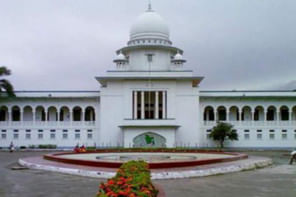Happiness at blue zones

Blue zones are regions in the world where people are known to live longer than average. Some examples of blue zones include Okinawa, Japan; Sardinia, Italy; Nicoya, Costa Rica; Icaria, Greece; and Loma Linda, USA. These are characterised by their relatively warm year-round climate, remote locations, and proximity to the ocean.
People in these areas live a healthy lifestyle with healthy food habits that promote natural movement through activities such as gardening, walking, cooking, and farming. Faith plays a central role, entangled with stress-relief practices such as prayer, kindness, and habitual fasting. These communities have stable, extended family units where individuals of all ages coexist in lifelong monogamous relationships. In Blue Zones, the pursuit of material possessions diminishes, replaced by contentment in shared meals, conversations, and strong community bonds.
Today, this trend extends beyond these regions; for instance, the Hunza people in northern Pakistan are an example of other long-lived communities. Buettner discovered that, along with other qualities, these people thrive on nurturing social networks that foster happiness in their lives.
However, research indicates that happiness tends to follow a U-shaped curve over a lifetime. In youth, the thrill of new experiences and possibilities often leads to high levels of happiness. As individuals age, challenges and expectations can contribute to a decline in this curve.
As people grow older and prioritise what truly matters to them, happiness tends to rise again. While a long life is desirable, it cannot be the sole indicator of happiness. To create a society that genuinely cherishes the gift of longevity, it is important to cultivate environments that nurture the soul, prioritise human connections, and celebrate the beauty of a life well-lived in simplicity.
E-mail: rubaiulmurshed@shomman.org


 For all latest news, follow The Daily Star's Google News channel.
For all latest news, follow The Daily Star's Google News channel. 



Comments